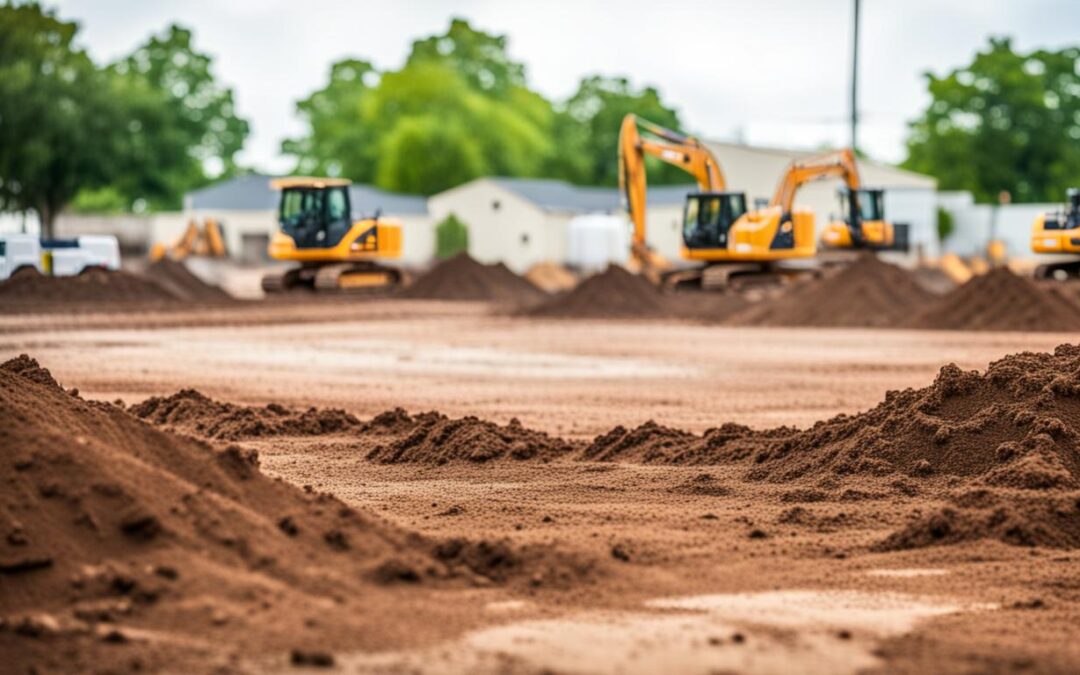Key Facts
- The number of new homes being consented has dropped over 37.4% since Q1 2022.
- In Q1 2024, 7717 new dwellings were consented, a 20.6% decrease from Q1 2023.
- The average estimated build cost (without land) for new dwellings in Q1 2024 was $462,654, a 5.0% rise from Q1 2023 and a 17.3% increase from Q1 2022.
- The size of the new homes has been reducing, with average new home size declining 30% over the last 14 years, from 202 square metres in Q1 2010 to 141 square metres in Q1 2024.
- The average build cost per square metre has risen by 21.6% in the last two years, from $2695 in Q1 2022 to $3276 in Q1 2024.
- Regional differences in building costs are evident, ranging from $2867 per square metre in Canterbury to $3960 per square metre in Otago in Q1 2024, with Auckland at a midpoint cost of $3328.
Article Summary
The number of new homes being consented for construction in New Zealand has seen a significant decrease over the last two years, with a drop of over a third. According to interest.co.nz’s detailed analysis of Figures outlined by Statistics NZ, the first quarter of 2024 saw only 7717 new dwellings being consented, marking a 20.6% dip from the previous year, and a sharp 37.4% decline from Q1 2022.
This drop in consents has coincided with a substantial growth in the construction cost of these homes. The average build cost (not including the cost of land) has escalated to $462,654 in Q1 2024, marking a 5% rise year-on-year and a substantial 17.3% leap from Q1 2022. This rising trend is not driven by an increase in the size of the new homes, but rather, the contrary.
On average, the size of the new homes consented has actually fallen, decreasing 30% over the last 14 years. It is the cost per square metre that has risen, increasing by 21.6% in the last two years, jumping from $2695 in Q1 2022, to $3276 in Q1 2024. This cost fluctuation has, however, displayed a regional disparity, with the costs ranging from $2867 per square metre in Canterbury, up to $3960 in Otago, with Auckland falling moderately in between.
Source Link: To read the full article, click here.











